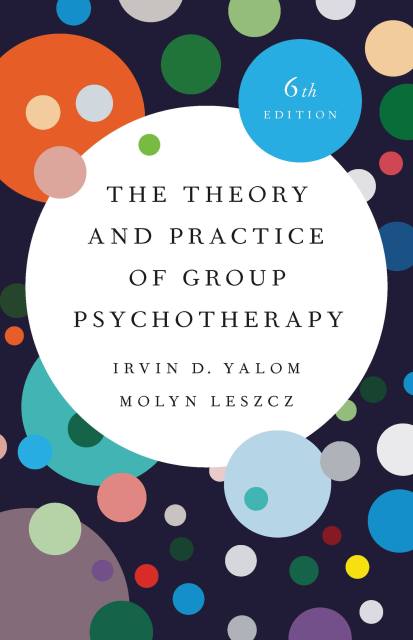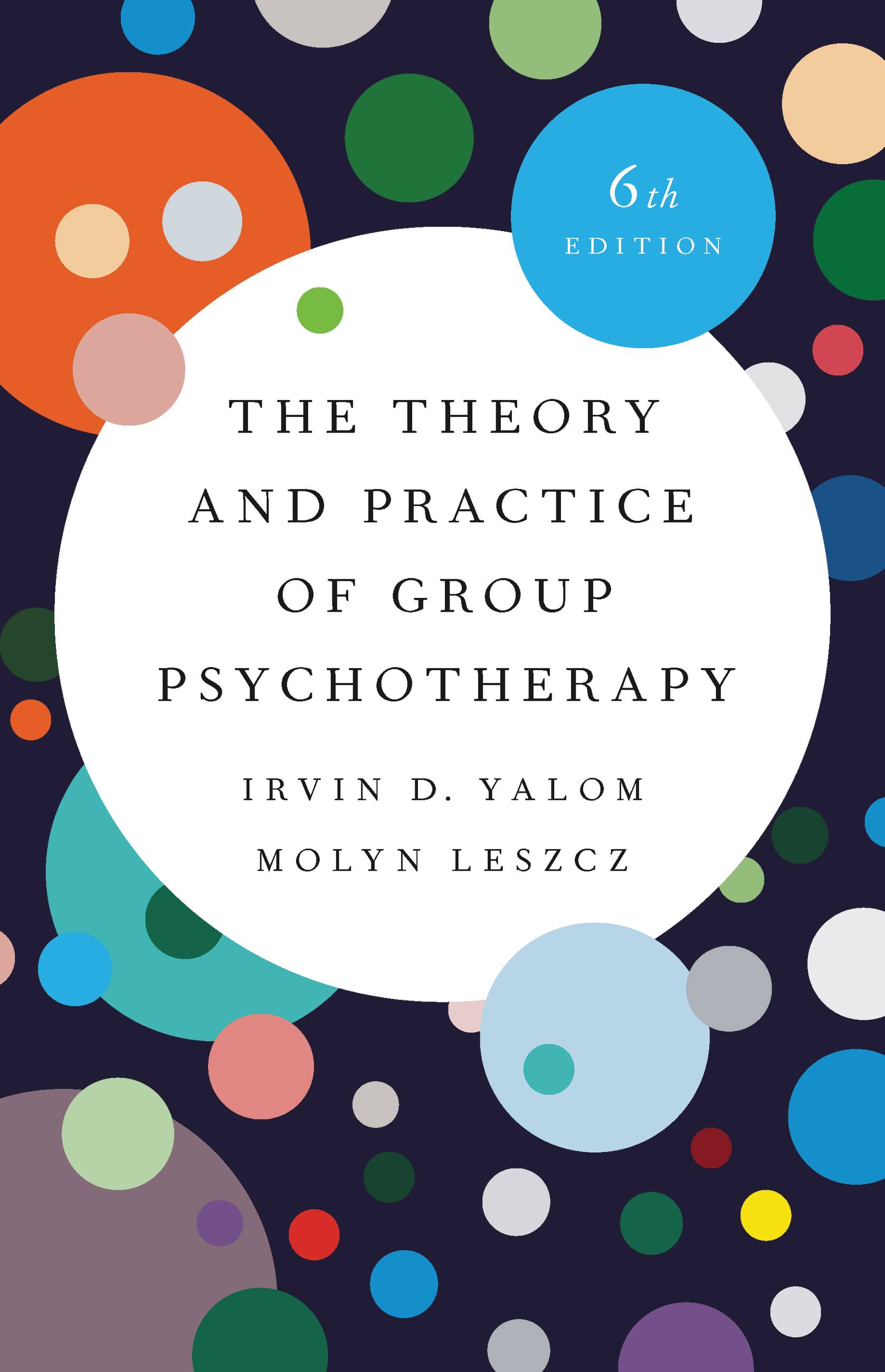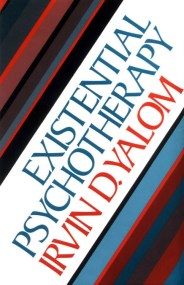Promotion
25% off sitewide. Make sure to order by 11:59am, 12/12 for holiday delivery! Code BEST25 automatically applied at checkout!
By clicking “Accept,” you agree to the use of cookies and similar technologies on your device as set forth in our Cookie Policy and our Privacy Policy. Please note that certain cookies are essential for this website to function properly and do not require user consent to be deployed.
The Theory and Practice of Group Psychotherapy
Contributors
By Molyn Leszcz
Formats and Prices
- On Sale
- Dec 1, 2020
- Page Count
- 832 pages
- Publisher
- Basic Books
- ISBN-13
- 9781541617568
Price
$54.99Price
$71.99 CADFormat
Format:
- ebook (Revised) $54.99 $71.99 CAD
- Hardcover (Revised) $75.00 $95.00 CAD
This item is a preorder. Your payment method will be charged immediately, and the product is expected to ship on or around December 1, 2020. This date is subject to change due to shipping delays beyond our control.
Buy from Other Retailers:
In this completely revised and updated fifth edition, Dr. Yalom and his collaborator Dr. Molyn Leszcz expand the book to include the most recent developments in the field, drawing on nearly a decade of new research as well as their broad clinical wisdom and expertise.
New topics include: online therapy, specialized groups, ethnocultural diversity, trauma and managed care.
At once scholarly and lively, this is the most up-to-date, incisive, and comprehensive text available on group psychotherapy.
Genre:
-
"The authors of the 6th edition of The Theory and Practice of Group Psychotherapy do an excellent job of presenting the art and science of leading psychotherapy groups. The material is suitable for mental health professionals across disciplines who want to build their knowledge and expertise for leading psychotherapy groups. This is an essential resource for learning and enhancing group leadership skills for all types of groups."Nina W. Brown, professor and eminent scholar, Old Dominion University
-
"Once again, Yalom and Leszcz have hit it out of the park. The breadth and depth of the research covered is truly impressive. However, it's the remarkably engaging writing style that seamlessly weaves these empirically informed group psychotherapy principles within an interpersonal framework that makes this book a one-of-a-kind classic. The instructive and compelling clinical examples support beginning therapists, while the contemporary group interventions invites the experienced group leader into new territory."Gary Burlingame, professor and chair of psychology, Brigham Young University
-
"Reading this eagerly awaited 6th edition of what is truly a classic in the field is like returning home after a time away: the comforting feeling of revisiting familiar tried-and-true notions intermingled with the excitement of new discoveries and developments in the field. This volume, like its predecessors, speaks so clearly to the group therapist, novice, and expert alike, in experience-near, clinician-friendly language, making the group experience come alive in the mind. It represents the state of the art of group therapy today."Les R. Greene, distinguished life fellow, American Group Psychotherapy Association
-
"This new edition affords us the treasured opportunity to benefit from the wisdom and expertise of the phenomenal partnership of Irv Yalom and Molyn Leszcz. This work retains the strengths of past editions in terms of invaluable clinical insights and case examples, but introduces new material that enhances this edition. In response to the challenges posed by the COVID-19 pandemic, they have included a chapter on online groups. I look forward to sharing this updated edition and valued resource that is informed by recent research findings with my students and colleagues!"Alexis D. Abernethy, professor of psychology, Fuller Seminary
-
"The partnership between Yalom and Leszcz brings new originality to a text that-like no other-has already shaped the field that it helped to spawn fifty years ago. Grounded in current scholarship, their further development of the interpersonal model-wide-ranging and comprehensive-gives this book renewed standing for therapists of all orientations-a lasting treasure for practitioners and teachers alike."John Schlapobersky, author of from The Couch to The Circle: Group-Analytic Psychotherapy in Practice
-
"This book is a real classic. In view of an increasing acceptance of group psychotherapy within health systems of different countries, this recent edition is a truly essential help for clinicians and excellently bridges research results and clinical wisdom. It updates theory and practice issues of groups that meanwhile have supported generations of group psychotherapists."Bernhard Strauss, University of Jena, Germany
Newsletter Signup
By clicking ‘Sign Up,’ I acknowledge that I have read and agree to Hachette Book Group’s Privacy Policy and Terms of Use













